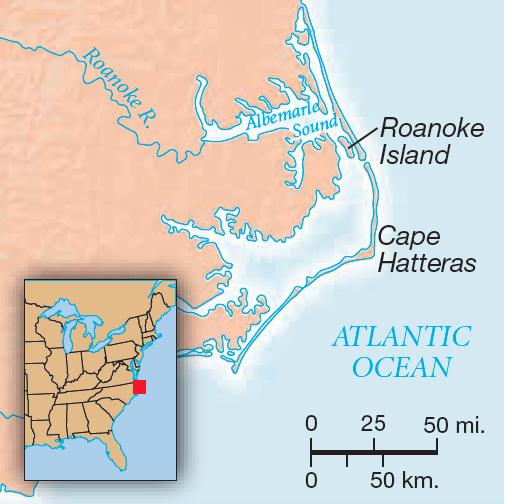Europe and the Spanish Example
Printed Page 50
The lessons of sixteenth-century Spain were not lost on Spain’s European rivals. Spain proudly displayed the fruits of its New World conquests. In 1520, for example, the German artist Albrecht Dürer wrote in his diary that he “marveled over the subtle ingenuity of the men in these distant lands [of New Spain]” who created such things as “a sun entirely of gold, a whole fathom [six feet] broad.” But the most exciting news about “the men in these distant lands” was that they could serve the interests of Europeans, as Spain had shown. With a few notable exceptions, Europeans saw the New World as a place for the expansion of European influence, a place where, as one Spaniard wrote, Europeans could “give to those strange lands the form of our own.”
CHAPTER LOCATOR
What factors led to European exploration in the fifteenth century?
What did Spanish explorers discover in the western Atlantic?
How did Spaniards explore, conquer, and colonize New Spain?
What impact did Spain’s New World endeavors have in Europe?
Conclusion: What promise did the New World offer Europeans?
 LearningCurve
LearningCurve
Check what you know.
Table 2.1 France and England Follow Spain to the New World
TABLE 1.2 France and England Follow Spain to the New World
| Explorer (sponsoring country) | Destination and result |
| Giovanni da Verrazano (France) | The Atlantic coast of North America from North Carolina to Canada, to search for a Northwest Passage, 1524. Unsuccessful. |
| Jacques Cartier (France) | St. Lawrence River, 1535. Established colony in 1541, but it did not succeed. |
| Martin Frobisher (England) | In 1576, in another attempt to find a Northwest Passage, sailed to northern Canada, where he retrieved worthless “ore” that he thought was gold, causing the English to lose interest in the region and explore farther south. |
| Sir Humphrey Gilbert (England) | Led expeditions to Newfoundland in 1578 and 1583 to found colonies; vanished at sea. |
| Sir Walter Raleigh (England) | Organized expedition in 1585 to settle Roanoke Island off the coast of present-day North Carolina. More than one hundred settlers were sent to colonize Roanoke in 1587. The colonists disappeared between 1587 and 1590, leaving only the word Croatoan (whose meaning is unknown) carved in a tree. |

France and England tried to follow Spain’s example. Both nations warred with Spain in Europe, preyed on Spanish treasure fleets, and ventured to the New World, where they too hoped to find an undiscovered passageway to the East Indies or another Mexico or Peru. By the end of the century, however, England had failed to secure a New World beachhead.
QUICK REVIEW
Question
How did Spain’s conquests in the New World shape Spanish influence in Europe?